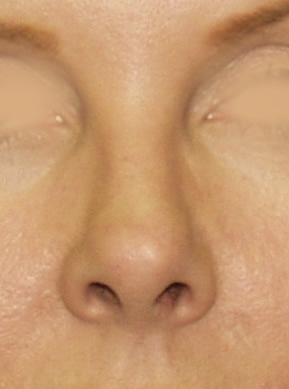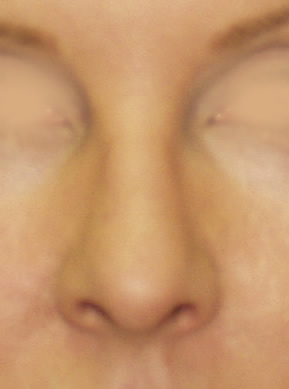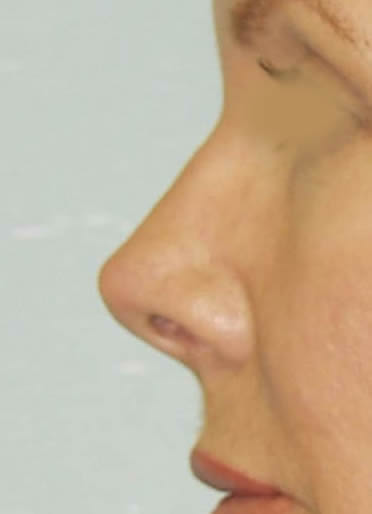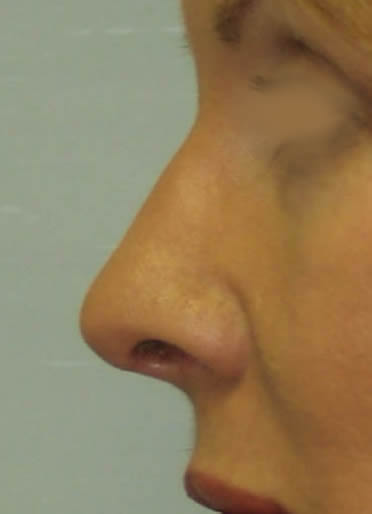Perhaps one of the most difficult procedures to perform in the world of rhinoplasty and revision rhinoplasty is lengthening the short nose. By ‘short nose’ I am referring to a nose that is overly rotated or turned up. In rare cases a short nose can be congenital, meaning it is simply the result of one’s genetics. In a majority of cases, however, the short nose is something that is the result of prior rhinoplasty surgery that was unsuccessful. In these cases, something was done to the nasal tip region to cause the tip to turn, or rotate, upward excessively. Usually this is a consequence of trimming off too much cartilage in the nasal tip region. In other cases, this can be the result of the tip simply being positioned too high. Visually, the short nose is commonly described by lay people as looking like a pig nose. This is because the nostrils become quite visible when seen from the frontal direction. It is completely normal to see some nostril from the front of the average nose, but an excessive amount is seen in the short nose deformity. The surgery to correct this problem is quite difficult because you have to replace the deficiency in cartilage while reshaping the tip in its entirety to reproduce an anatomically normal nose. In essence, you are lengthening the nose by adding back on to the tip region. In addition, you have to re-stretch the skin so that it can accommodate the new length. If the skin has not already scarred down, this may not pose such a problem. But in many cases of revision rhinoplasty, the tip skin has scarred down so much that it is quite difficult to re-stretch it during the lengthening process. Several specialized maneuvers are then required to help lengthen the skin once again. Another concern in lengthening the short nose in rhinoplasty is having sufficient cartilage to rebuild the tip. If there is septal cartilage remaining, this is always a nice option for cartilage grafting. In some cases, taking ear cartilage to graft the tip of the nose may be a secondary option. But ear cartilage isn’t always strong enough when it comes to lengthening the nose in revision cases. So rib cartilage grafting might be indicated in cases where a plentiful supply of resilient cartilage is needed. Provided below is a case example of a San Diego rhinoplasty patient of mine who had a short nose following surgery by another plastic surgeon. In this particular case, we were able to use her own ear cartilage to help lengthen the nose. I was able to free up her nasal tip skin and borrow from areas immediately above the tip region. I then completely reshaped the tip by adding cartilage on to her existing tip. In doing so, I lengthened her nose extending it downward. Once done, we were able to effectively reshape the tip while significantly reducing her nostril show as seen on the front view in particular. Her end result is actually one that looks quite natural without the stigmata of having had prior rhinoplasty surgery.




